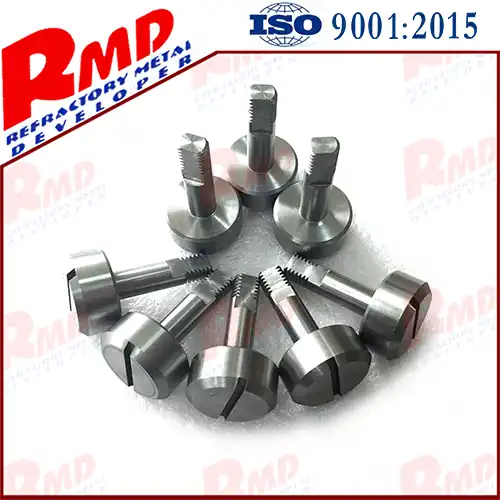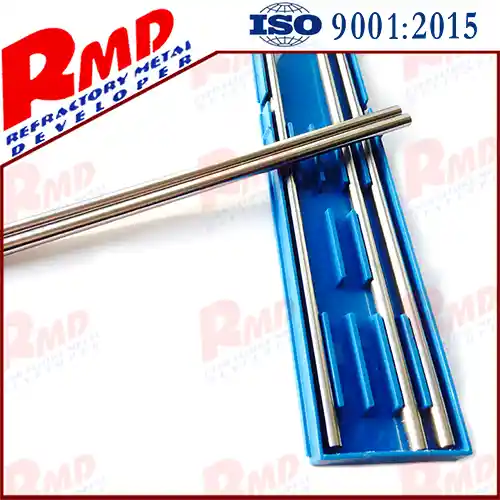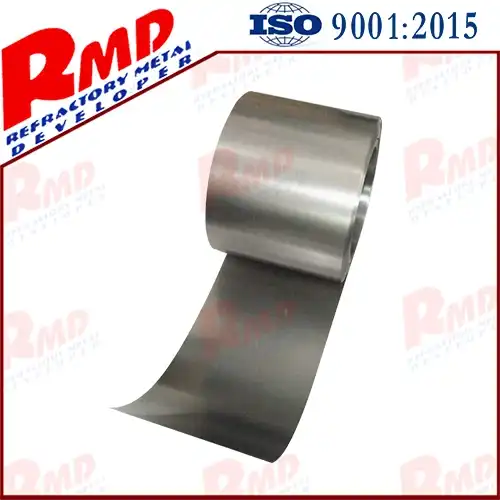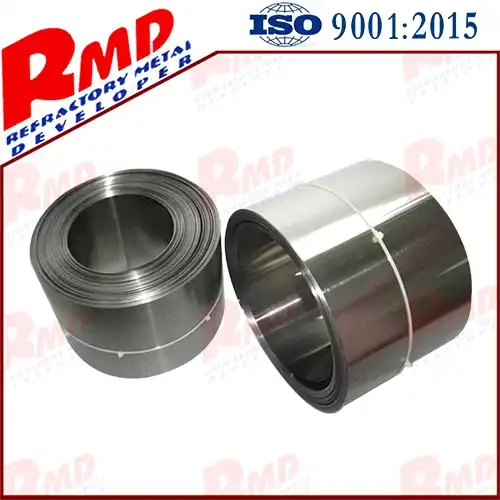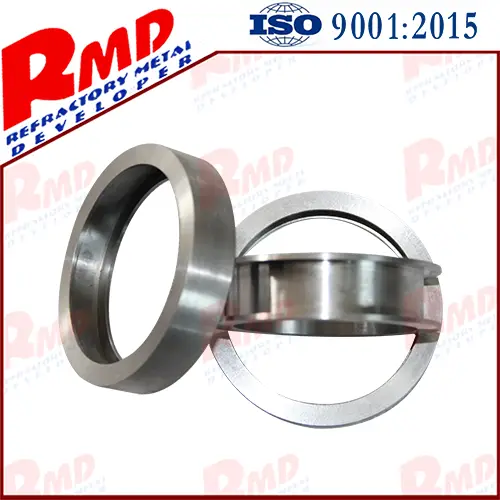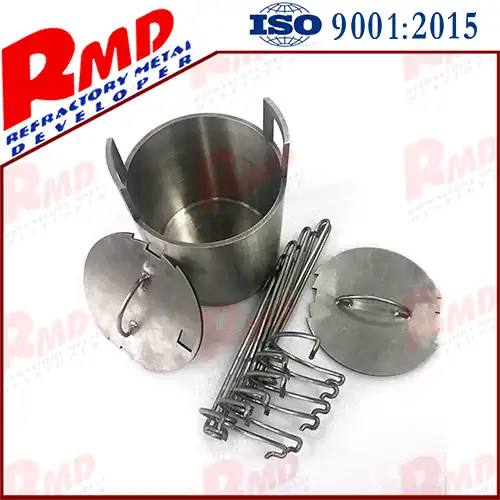- English
- French
- German
- Portuguese
- Spanish
- Russian
- Japanese
- Korean
- Arabic
- Greek
- German
- Turkish
- Italian
- Danish
- Romanian
- Indonesian
- Czech
- Afrikaans
- Swedish
- Polish
- Basque
- Catalan
- Esperanto
- Hindi
- Lao
- Albanian
- Amharic
- Armenian
- Azerbaijani
- Belarusian
- Bengali
- Bosnian
- Bulgarian
- Cebuano
- Chichewa
- Corsican
- Croatian
- Dutch
- Estonian
- Filipino
- Finnish
- Frisian
- Galician
- Georgian
- Gujarati
- Haitian
- Hausa
- Hawaiian
- Hebrew
- Hmong
- Hungarian
- Icelandic
- Igbo
- Javanese
- Kannada
- Kazakh
- Khmer
- Kurdish
- Kyrgyz
- Latin
- Latvian
- Lithuanian
- Luxembou..
- Macedonian
- Malagasy
- Malay
- Malayalam
- Maltese
- Maori
- Marathi
- Mongolian
- Burmese
- Nepali
- Norwegian
- Pashto
- Persian
- Punjabi
- Serbian
- Sesotho
- Sinhala
- Slovak
- Slovenian
- Somali
- Samoan
- Scots Gaelic
- Shona
- Sindhi
- Sundanese
- Swahili
- Tajik
- Tamil
- Telugu
- Thai
- Ukrainian
- Urdu
- Uzbek
- Vietnamese
- Welsh
- Xhosa
- Yiddish
- Yoruba
- Zulu
Application Status Of Four Refractory Metal
2024-01-05 18:00:06
Refractory metals mainly refer to tungsten, molybdenum, tantalum, niobium, rhenium and vanadium, which are all materials with melting point above 2000 degrees Celsius.Refractory metal materials and alloys have high melting point, high strength at high temperature, strong corrosion resistance to liquid metals and processing plasticity.Refractory metals and their alloys are used at temperatures ranging from 1100 to 3320 degrees Celsius ,which is higher than superalloys.
First, niobium alloys
Niobium alloys have high strength at 1100-1650 degrees Celsius. They have good welding properties and good room temperature plasticity. As the smallest density of refractory metals, they can be processed to produce products with complex shapes.Niobium alloys can be divided into low strength, medium strength and high strength according to the strength of the alloys, and it also can be divided into low density and high density according to the density of the alloys.The research and development of niobium alloys in the United States and Russia are different, and there are more than twenty kinds of research. In the United States, W, Hf and Mo are used as reinforcement additives for niobium, while in Russia, Zr, W and Mo are used as reinforcement additives, while in the second phase, C is used as reinforcement additives.
Second, Molybdenum Alloys
The melting point of molybdenum alloy is lower than that of tantalum and tungsten. Its advantage is that its elastic modulus is the highest, its density and expansion coefficient are small, and its creep property at high temperature is excellent. The weldability of molybdenum alloy is very good, the strength and plasticity of weld can reach certain conditions, and its technological properties are above tungsten. However, it will embrittle at low temperature, and the oxidation problem is serious at high temperature.
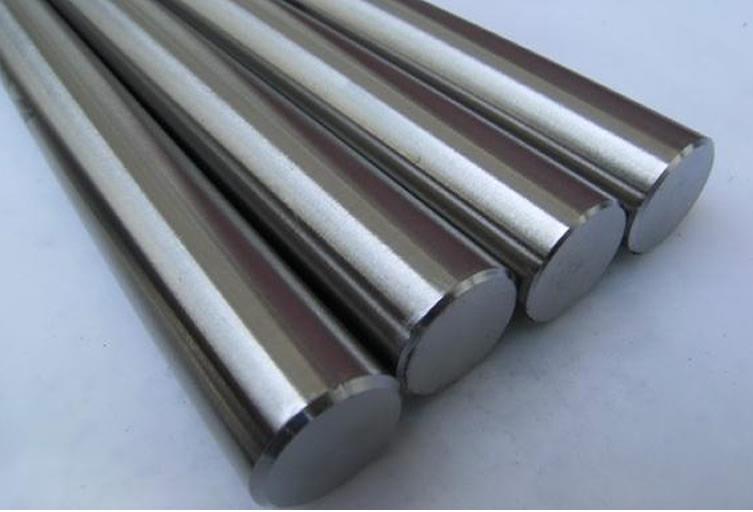
Third, Tantalum Alloys
Tantalum alloys have high melting point and small expansion coefficient. Their thermal shock resistance and moulding toughness are excellent. Its shortcoming is that when they work in an environment above 500 degrees Celsius, their oxidation resistance is very poor. Generally, they need to be treated with anti-oxidation coating on the surface. The United States and Russia have developed tantalum alloys which meet the requirements of creep properties and strength at high temperatures. Tantalum alloys use coating materials similar to niobium alloys, and niobium alloys are the main research objects of tantalum-niobium coatings. In static air environment, the multicomponent refractory metal compounds of tantalum alloy exhibit good oxidation resistance.
Fourth, tungsten alloys
The most promising development potential of tungsten alloy coatings is boride and insoluble oxide protective coatings with high strength and thermal stability. The research direction of tungsten alloy coatings is to cover self-healing silicide on the protective surface, while the mixture of refractory oxide and silicide is covered with silicide on the barrier substrate, so that the products can work for a long time in a specific way.
